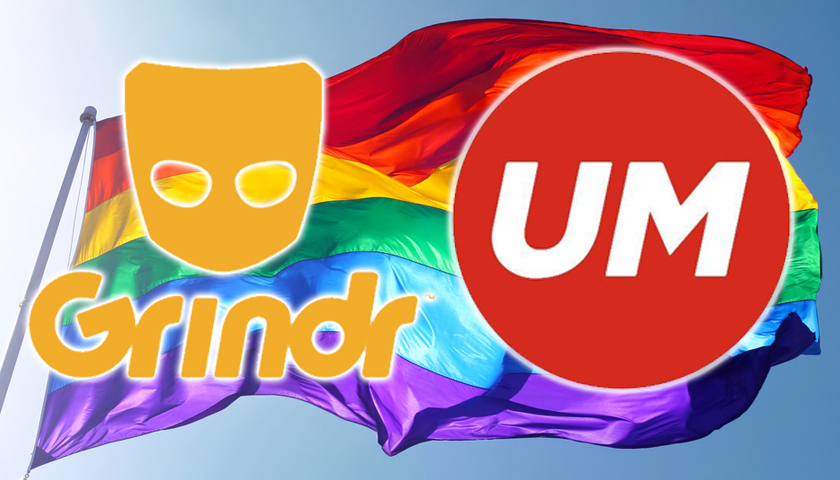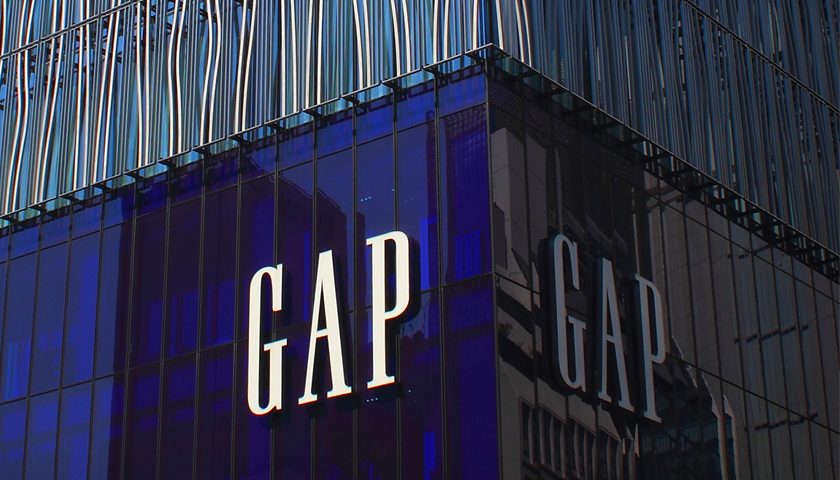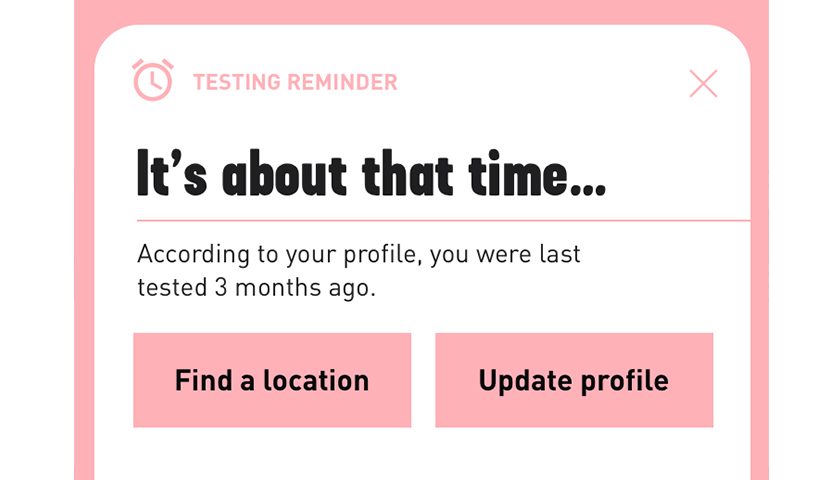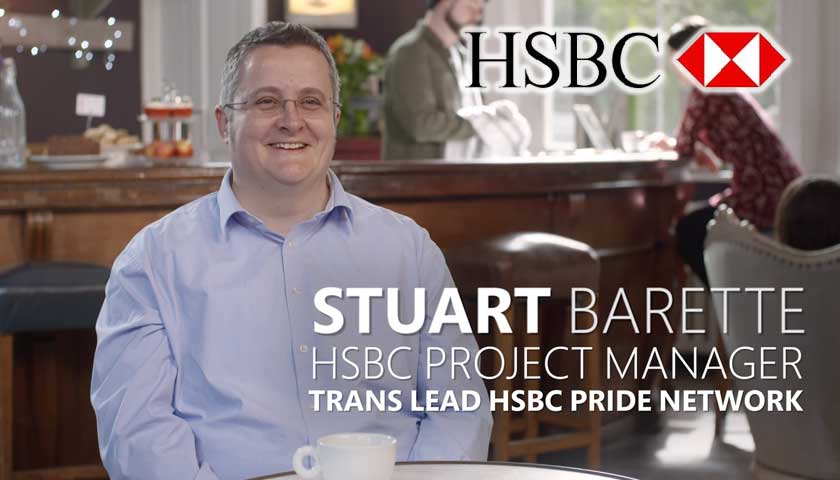UM London and Grindr,the popular dating app and social network, today revealed new insights around the relationship 18-34-year-old British gay and bisexual men have with digital media and advertising. The first-of-its-kind study surveyed 2,000 Grindr users across England, generating data that will be used to inform UM’s media plans and strategies to gay and bisexual males, an audience of over a million people in England.
The survey, which is part of the agency’s ‘UK by UM’ project, reveals a community that massively over indexes in social media engagement and has a clear ‘digital-first’ mantra. However, this digitally-savvy group feels that the advertising world does not represent it fairly. UM’s findings send a clear message to advertisers. Almost half of respondents (49%) indicated that they’d be more likely to buy from brands who show LGBT+ people in their adverts, whilst 69% thought that brands have a big part to play in challenging and progressing society’s views.
In addition, a staggering 54% of gay and bisexualyoung male respondents indicated that they might have come out sooner if brands had shown LGBT+ people like them when they were growing up. In fact, of those polled, 66% feel there aren’t enough LGBT+ people shown in marketing campaigns, whilst 52% believed the LGBT+ community to be‘invisible’ in advertising.
While greater representation by brands was shown to be something the LGBT+populationclearly wants, the term ‘pink pound’ (a phrase coined by the Guardian newspaper in 1984 to describe the purchasing power of the LGBT+ community) was shown to be deeply problematic – with 42% of respondents saying they found the term offensive.
“We partnered with Grindr to understand how young gay and bisexual males in the UK use dating apps and social media, but the study provided a robust lens on the sentiment of this community. The findings provide UM with the expertise to help clients engage more effectively with the LGBT+ community,” (I’d like to tie this back to how it helps UM/clients),” said Michael Brown, UM London Insights Director and author of the report.
According to UM’s study, the 18-34 gay/bisexual audience is 20% likelier to use Twitter and Instagram (54% and 34% have used these in the last 30 days) and 4 times likelier to use Tumblr than straight males in the same age group.
According to Brown, the gay youth’s enthusiasm for digital and social may have been instigated by an offline trend. “Certainly in London, the ‘real world’ gay scene has been threatened by a set of factors, most prominently the increasing acceptance of the LGBT+ community in mainstream venues and the loss of many other ‘safe’ places for this community. The full list of pubs, clubs and saunas closed since the millennium is stark, and with these closures a part of culture is irrevocably lost.Equally, though, there are arguments that it is, in fact, apps such as Grindr that have ‘killed’ the real-life gay scene, so it’s a very complex situation.”
Whichever way we look at it, it’s clear that there is an increasingly important role for apps like Grindrin today’s gay scene in providing an anonymous and accessible substitute. The majority (62%) of 18-34-year-old male respondents thought that meet-up apps like Grindr, Tinder and POF are the new ‘virtual gaybar’, while 72% of respondents said they wished there was less shame around using these apps. Half said they had met good, real-world friends on the platform.
Darren Clapich, from Grindr’s EMEA Brand Partnerships team,said: “This unique partnership with UM sheds light on the way that the LGBTQ community engages with advertising in general, and provides a clear understanding of the robust opportunities for brands to reach and connect with our audience.”
Mark Runacus, President of the UK’s Marketing and Advertising Network, PrideAM, said, “UM’s research shows how important it is for brands to embrace LGBT+ content in their mainstream communications. And that must be done in an authentic way. Today’s savvy youth will see as cynical tokenism anything other than genuine inclusion. And there’s a much bigger picture here. 65% of ALL adults* – old, young, straight, gay, black, white – would feel more favourably about a brand that reflected diversity in its advertising. Diversity and inclusion done well gives a brand a unique opportunity to connect more meaningfully and powerfully with its audience.”
Links
http://www.thegayuk.com/gay-bars-that-have-closed-in-london-since-the-turn-of-the-century/



